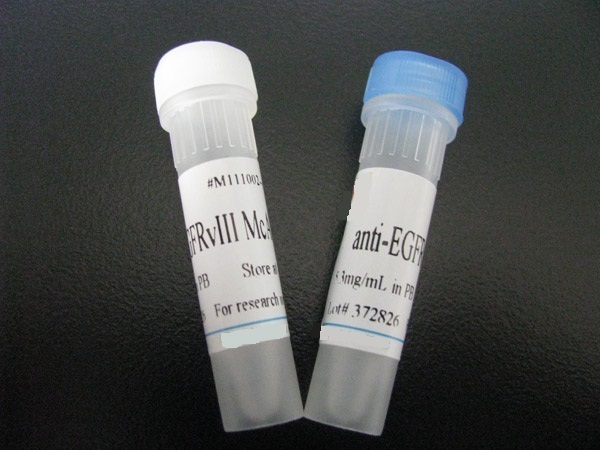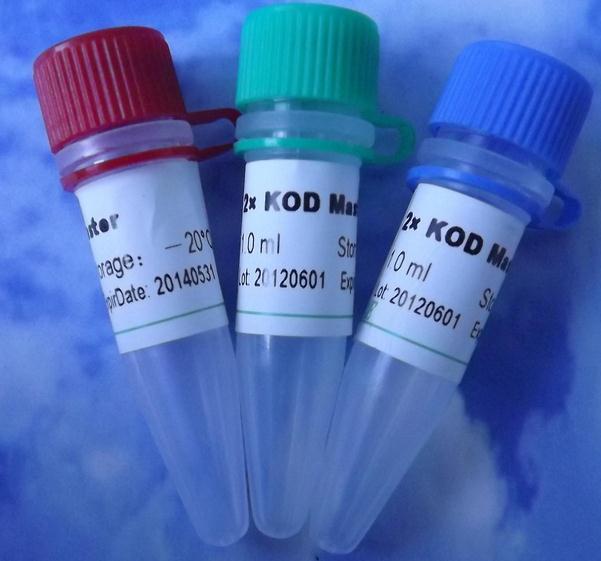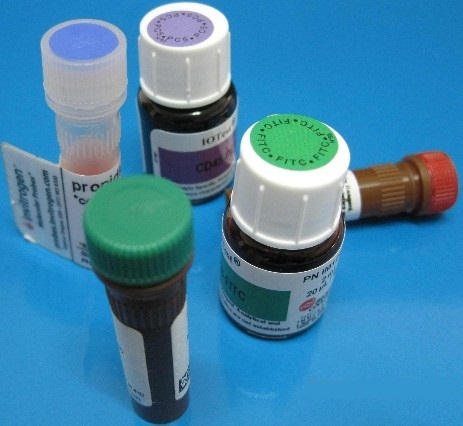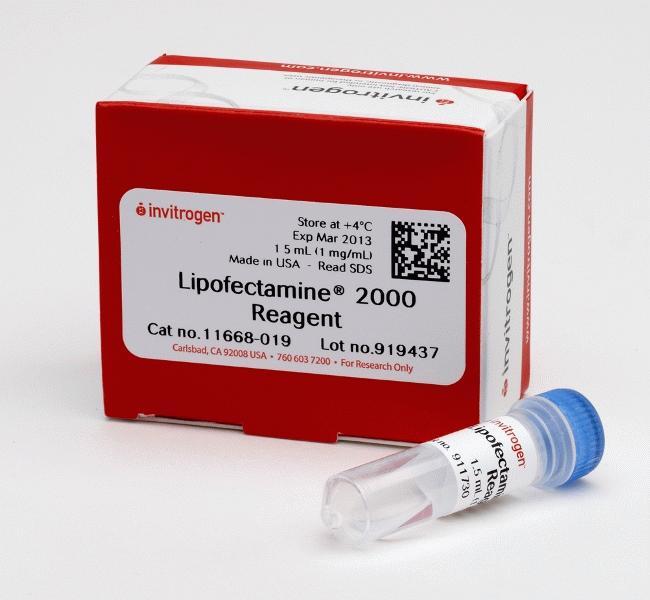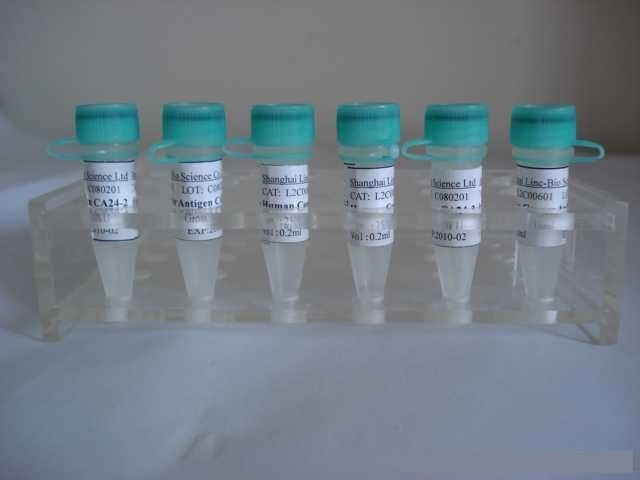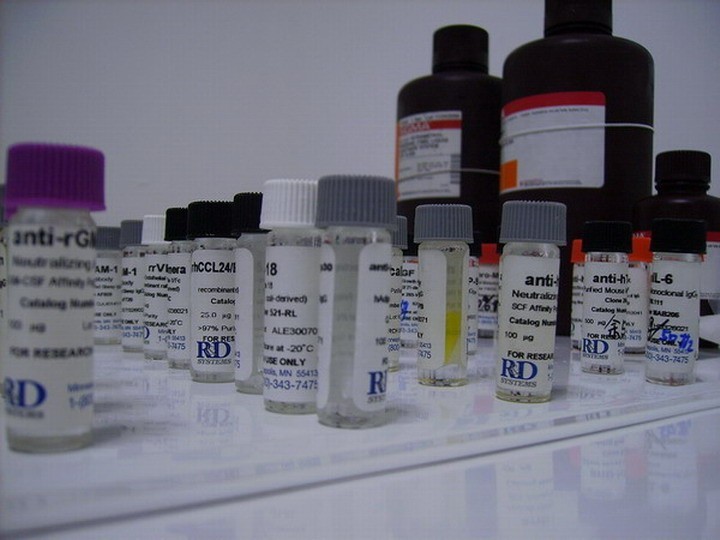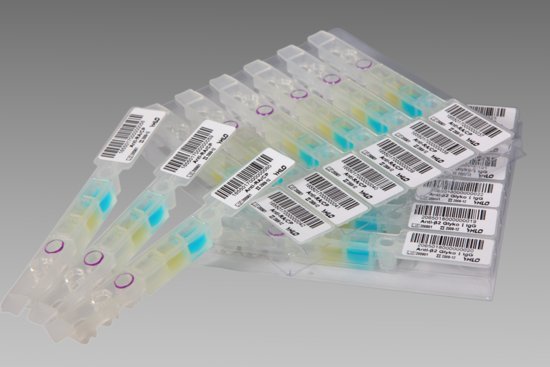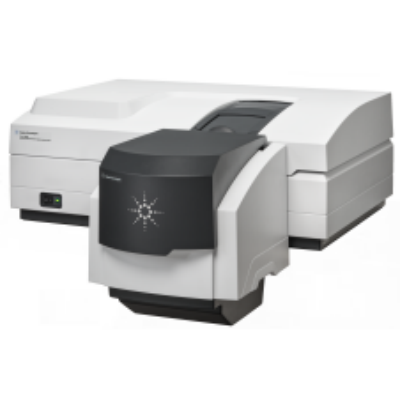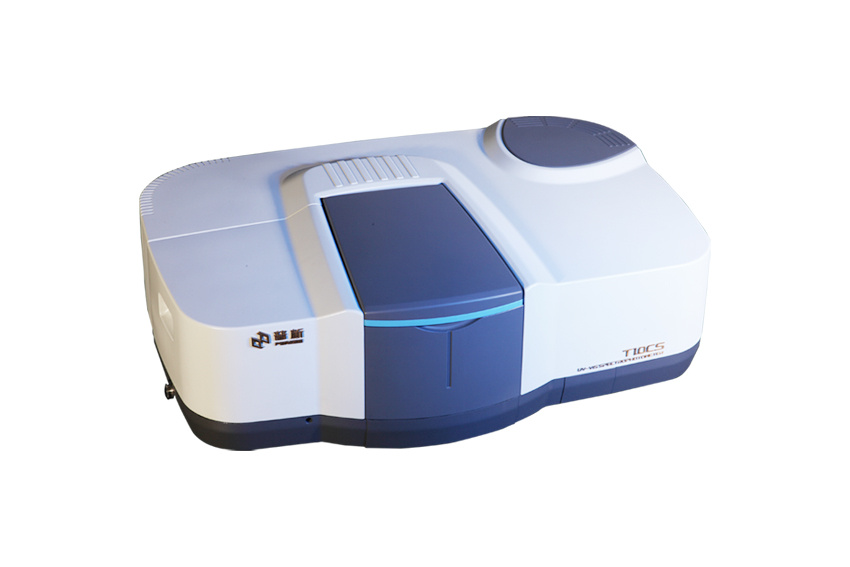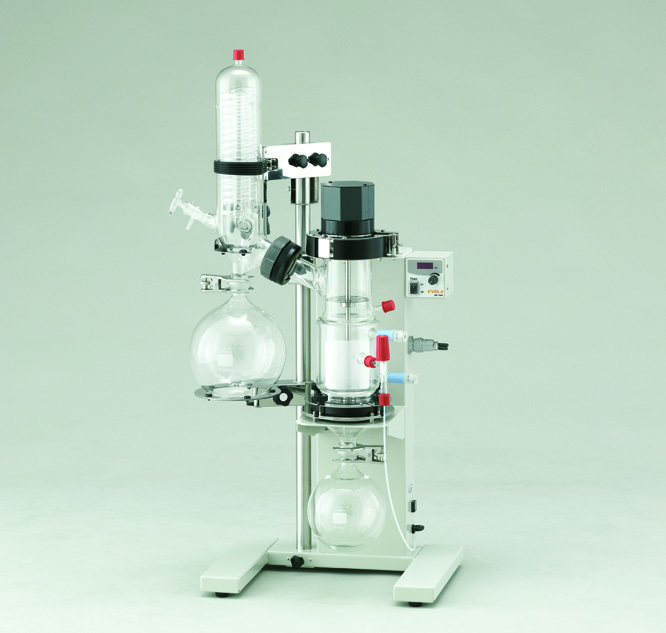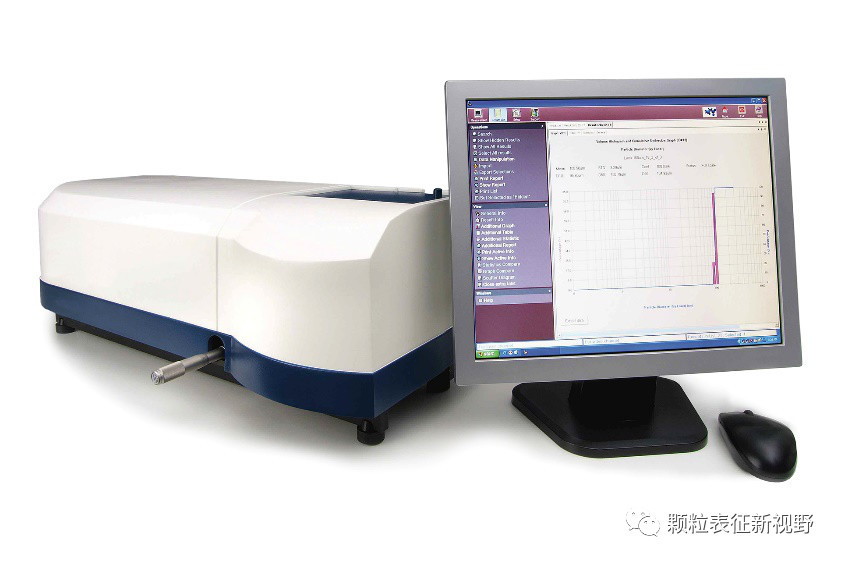浓 度 1mg/1ml
规 格 0.1ml/100μg
抗体来源 Rabbit
克隆类型 polyclonal
交叉反应 Human,
产品类型 一抗 磷酸化抗体
研究领域 肿瘤 免疫学 信号转导 细胞凋亡
蛋白分子量 predicted molecular weight: 102kDa
性 状 Lyophilized or Liquid
免 疫 原 KLH conjugated Synthesised phosphopeptide derived from human DDX58 around the phosphorylation site of Ser8
亚 型 IgG
纯化方法 affinity purified by Protein A
储 存 液 0.01M PBS, pH 7.4 with 10 mg/ml BSA and 0.1% Sodium azide
产品应用 WB=1:100-500 ELISA=1:500-1000 IP=1:20-100 IHC-P=1:100-500 IHC-F=1:100-500 IF=1:100-500
(石蜡切片需做抗原修复)
not yet tested in other applications.
optimal dilutions/concentrations should be determined by the end user.
保存条件 Store at -20 °C for one year. Avoid repeated freeze/thaw cycles. The lyophilized antibody is stable at room temperature for at least one month and for greater than a year when kept at -20°C. When reconstituted in sterile pH 7.4 0.01M PBS or diluent of antibody the antibody is stable for at least two weeks at 2-4 °C.
Important Note This product as supplied is intended for research use only, not for use in human, therapeutic or diagnostic applications.
磷酸化DDX58抗体产品介绍 The innate immune system detects viral infection by recognizing various viral components and triggers antiviral responses. Like the toll-like receptor 3 (TLR3), the cytoplasmic helicase retinoic acid inducible gene protein 1 (RIG1/DDX58) recognizes double-stranded (ds) RNA, a molecular pattern associated with viral infection. Unlike TLR3 however, RIG1/DDX58 activates the kinases TBK1 and IKKe through the adaptor protein IPS1. These kinases then phosphorylate the transcription factors IRF3 and IRF7 which are essential for the expression of type-I interferons. RIG1/DDX58 is required for the production of interferons in response to RNA viruses including paramyxoviruses, influenza virus, and Japanese encephalitis virus.
Function : Involved in innate immune defense against viruses. Upon interaction with intracellular dsRNA produced during viral replication, triggers a transduction cascade involving MAVS/IPS1, which results in the activation of NF-kappa-B, IRF3 and IRF7 and the induction of the expression of antiviral cytokines such as IFN-beta and RANTES (CCL5). Detects dsRNA produced from non-self dsDNA by RNA polymerase III, such as Epstein-Barr virus-encoded RNAs (EBERs). Essential for the production of interferons in response to RNA viruses including paramyxoviruses, influenza viruses, Japanese encephalitis virus and HCV.
Subunit : Monomer; maintained as a monomer in an autoinhibited state. Upon viral dsRNA binding and conformation shift, homomultimerizes and interacts with MAVS. Interacts with DHX58/LGP2, IKBKE, TBK1 and TMEM173/STING. Interacts (via CARD domain) with TRIM25 (via SPRY domain). Interacts with RNF135. Interacts with CYLD. Interacts with NLRC5; blocks the interaction of MAVS to DDX58. Interacts with SRC.
Subcellular Location : Cytoplasm. Note=Colocalized with TRIM25 at cytoplasmic perinuclear bodies.
Tissue Specificity : Present in vascular smooth cells (at protein level).
Post-translational modifications : Phosphorylated in resting cells and dephosphorylated in RNA virus-infected cells. Phosphorylation at Thr-770, Ser-854 and Ser-855 results in inhibition of its activity while dephosphorylation at these sites results in its activation.
Isgylated. Conjugated to ubiquitin-like protein ISG15 upon IFN-beta stimulation.
Ubiquitinated. Undergoes 'Lys-48'- and 'Lys-63'-linked ubiquitination. Lys-172 is the critical site for TRIM25-mediated ubiquitination, for MAVS/IPS1 binding and to induce anti-viral signal transduction. Lys-154, Lys-164 and Lys-172 are critical sites for RNF135-mediated ubiquitination. Deubiquitinated by CYLD, a protease that selectively cleaves 'Lys-63'-linked ubiquitin chains. Also probably deubiquitinated by USP17L2/USP17 that cleaves 'Lys-48'-and 'Lys-63'-linked ubiquitin chains and positively regulates the receptor.
Similarity : Belongs to the helicase family.
Contains 2 CARD domains.
Contains 1 helicase ATP-binding domain.
Contains 1 helicase C-terminal domain.
Database links : UniProtKB/Swiss-Prot: O95786.2
![]()




